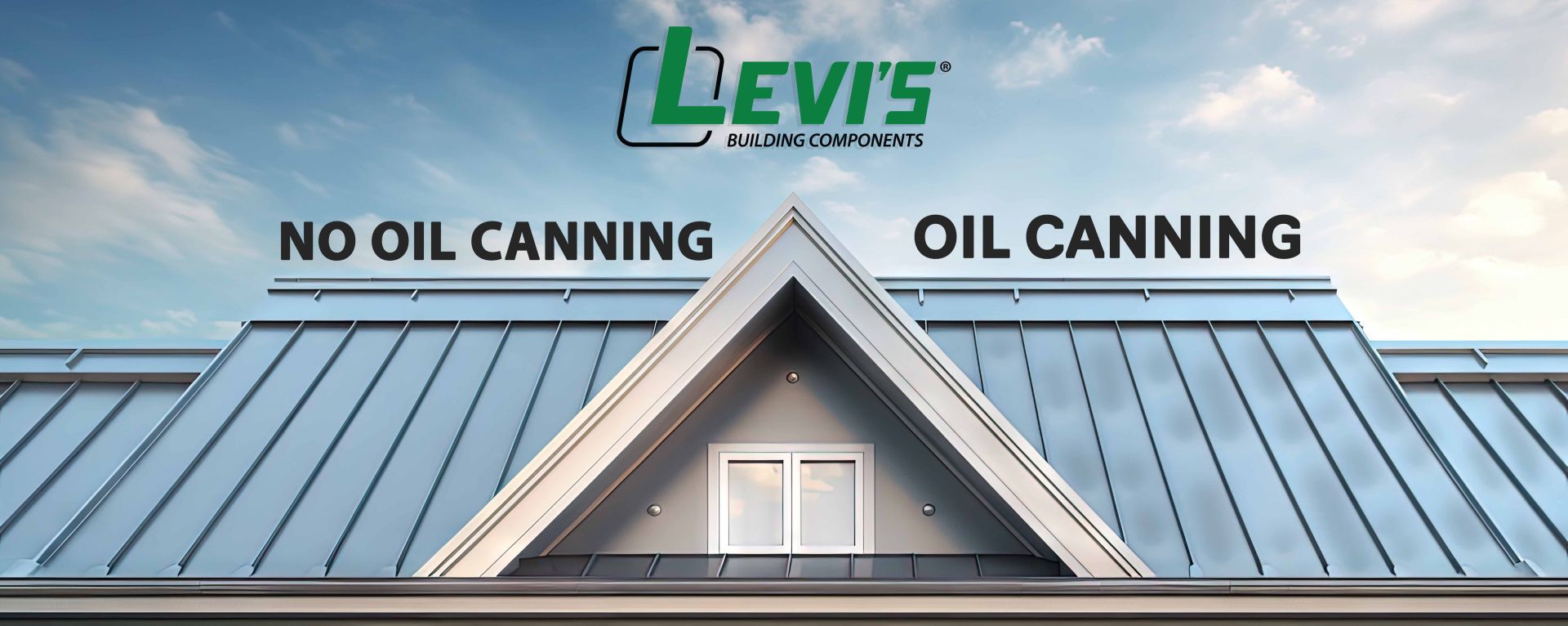Menu ☰

Understanding Oil Canning in Standing Seam Metal Roofs: Causes & Solutions
Oil canning is a common issue faced by installers and owners of standing seam metal roofs. This aesthetic distortion, which results in visible waves, ripples, or bows in the flat areas of the roof panels, can be frustrating, but it is important to understand its causes and how to minimize its appearance. While oil canning doesn’t impact the performance, structural integrity, or waterproofing of a roof, it can affect the overall visual appeal, especially when viewed from certain angles or in direct sunlight.
What is Oil Canning?
Oil canning occurs when the flat sections of standing seam roof panels become distorted, creating an undulating effect. This distortion is often more noticeable on darker colors or glossy finishes, but can also appear on lighter or textured panels, although to a lesser extent. While it’s not a functional issue, it can impact the aesthetics of the roof, and in some cases, cause concern for homeowners or contractors.
Oil canning is typically less visible from certain angles, but it becomes more pronounced when sunlight hits the roof at specific times of day. The effect can often be seen more clearly on larger, uninterrupted sections of roof panels.
Is Oil Canning a Problem?
Despite its visual impact, oil canning does not compromise the roof’s performance in any way:
– It’s purely aesthetic—oil canning does not affect the roof’s ability to shed water or protect against the elements.
– No impact on structural integrity—oil canning does not weaken the roof or its panels.
– No effect on waterproofing—oil canning does not lead to leaks.
– Not a cause for rejection—most installation contracts explicitly state that oil canning is not ground for warranty claims.
Even though oil canning is not a performance concern, many contractors aim to minimize it to ensure the best possible outcome for their clients.
What Causes Oil Canning?
Several factors can contribute to the appearance of oil canning in standing seam metal roofs:
– Manufacturing stresses—stresses introduced during the manufacturing process can affect how the metal panels behave once installed.
– Over-tightening fasteners—fasteners that are too tight can cause the metal panels to warp.
– Uneven roof surfaces—an uneven substrate can cause panels to not lay flat, contributing to visible distortion.
– Expansion and contraction—metal naturally expands and contracts with temperature changes, which can lead to movement and distortion over time.
– Improper clip installation—incorrectly installed or poorly chosen attachment clips can cause panels to sit unevenly, leading to oil canning.
How to Minimize Oil Canning
While it’s impossible to eliminate oil canning entirely, there are several steps that can help minimize its visibility:
– Use thicker gauge metal—thicker materials are less prone to oil canning compared to thinner metals.
– Incorporate stiffening ribs or striations—adding these to the flat sections of the panel helps prevent distortion.
– Use the correct clips—ensure you are using the appropriate attachment clips and install them properly to avoid uneven panel placement.
– Do not over-tighten or under-tighten fasteners—striking the right balance in fastening ensures proper panel placement without causing warping.
– Incorporate a backer rod—the use of a backer rod can help reduce the visual effects of oil canning by allowing panels to crown slightly.
How Levi’s Standing Seam Backer Rod Can Help
To help reduce the impact of oil canning, Levi’s offers a new Standing Seam Backer Rod, designed to simplify the process. This extruded closed-cell foam product, which is 5/8-inch in diameter, comes with an adhesive backing for easy installation. By applying the backer rod to the underside of the panel, you can create a slight crown that reduces the visibility of oil canning. The adhesive backing makes installation quick and efficient, eliminating the need for traditional methods like duct tape or staples.
Installation is simple:
1 – Cut the backer rod to the length of the panel.
2 – Peel off the release paper from the adhesive backing and press the backer rod along the center of the panel.
This simple step can significantly reduce the appearance of oil canning, making it a valuable tool for standing seam roof installers.
Conclusion
While oil canning is a common challenge in standing seam metal roofing, understanding its causes and preventive measures can help ensure a better finished product. By using the right materials, employing proper installation techniques, and incorporating helpful products like backer rods, you can minimize the visual impact of oil canning and provide clients with a roof that looks as good as it performs.
Levi’s Standing Seam Backer Rod is a perfect solution for installers looking to reduce oil canning quickly and effectively, saving time and enhancing the final appearance of the roof. This innovative product can help you achieve the best results for your next project
